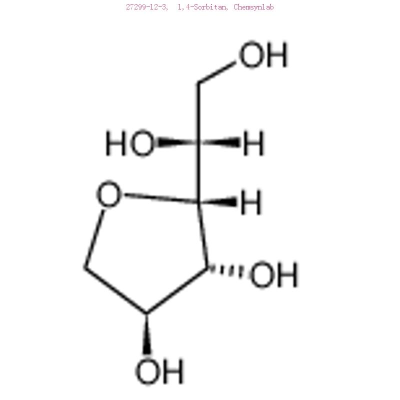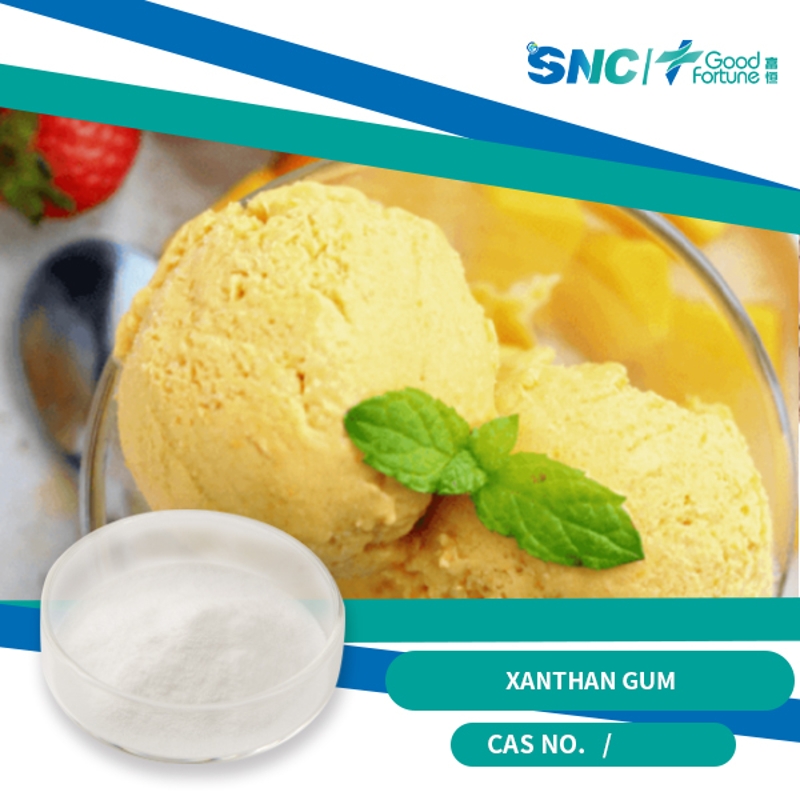-
Categories
-
Pharmaceutical Intermediates
-
Active Pharmaceutical Ingredients
-
Food Additives
- Industrial Coatings
- Agrochemicals
- Dyes and Pigments
- Surfactant
- Flavors and Fragrances
- Chemical Reagents
- Catalyst and Auxiliary
- Natural Products
- Inorganic Chemistry
-
Organic Chemistry
-
Biochemical Engineering
- Analytical Chemistry
-
Cosmetic Ingredient
- Water Treatment Chemical
-
Pharmaceutical Intermediates
Promotion
ECHEMI Mall
Wholesale
Weekly Price
Exhibition
News
-
Trade Service
Kojic acid dipalmitate is a popular ingredient in skincare products, particularly in anti-aging and brightening formulations.
It is derived from kojic acid, which is a natural substance found in various fungi, and palmitic acid, a saturated fatty acid commonly found in animal fats and palm oil.
The production process of kojic acid dipalmitate involves several steps, including the extraction of kojic acid and palmitic acid, their purification, and the chemical reaction that forms the dipalmitate ester.
Extraction of Kojic Acid and Palmitic Acid
Kojic acid is extracted from fungi such as Aspergillus oryzae through a fermentation process.
The fungi are grown in a nutrient-rich medium, and the kojic acid is secreted into the medium.
The kojic acid is then extracted using solvents such as ethanol or water.
Palmitic acid, on the other hand, is derived from palm oil, which is obtained from the fruit of the oil palm tree.
The oil palm fruit is processed to remove the oil, which is then refined and purified to produce pure palmitic acid.
Purification of Kojic Acid and Palmitic Acid
After extraction, the kojic acid and palmitic acid need to be purified to remove any impurities that may be present.
This is done through a series of chemical reactions and filtration processes.
For example, the kojic acid may be treated with activated charcoal to remove any remaining solvents, while the palmitic acid may be distilled to remove impurities such as glycerol.
Chemical Reaction to Form Dipalmitate Ester
The final step in the production of kojic acid dipalmitate involves the chemical reaction between kojic acid and palmitic acid to form the dipalmitate ester.
This reaction is typically carried out in a reaction vessel equipped with a stirring system, a temperature control system, and a reaction catalyst.
The reaction is typically carried out at a moderate temperature, usually between 60-80°C, and under an inert gas atmosphere.
The reaction produces a clear, colorless liquid that is the kojic acid dipalmitate.
Quality Control and Packaging
After the production process is complete, the kojic acid dipalmitate is subjected to quality control tests to ensure that it meets all the required specifications.
These tests may include chemical analysis to check for impurities, physical tests such as viscosity and pH, and microbiological tests to ensure the product is free of bacteria and fungi.
Once the product passes all the tests, it is packaged in airtight containers to prevent contamination and preserve the product's efficacy.
Conclusion
The production process of kojic acid dipalmitate involves several steps, including the extraction of kojic acid and palmitic acid, their purification, and the chemical reaction that forms the dipalmitate ester.
The process requires careful control of temperatures, reaction times, and purification steps to ensure the product is of high quality and efficacy.
Through the use of advanced equipment and technologies, kojic acid dipalmitate can be produced on a large scale, making it more accessible to consumers seeking to improve their skin health.







